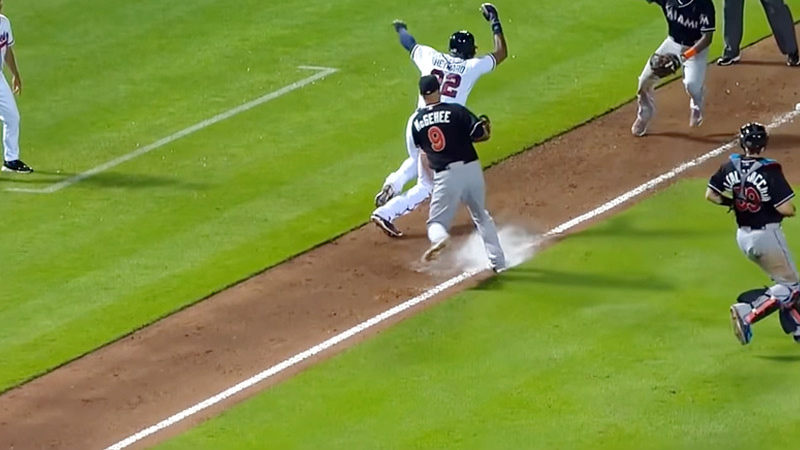Baseball, often referred to as America’s pastime, is a sport rich in tradition and strategic intricacies. Central to the structure of a baseball game are the innings, which divide the gameplay and determine the opportunities for both the offensive and defensive teams.
In a standard baseball game, there are nine innings, with each team getting a chance to bat and play defense. However, some variations can alter the number of innings played, such as extra innings when the game is tied at the end of regulation play.
Additionally, games can be called before completing nine innings due to factors like inclement weather or other game-related circumstances. Understanding the significance and variations in innings contributes to a comprehensive understanding of the game of baseball and its dynamics.
What is an Inning in Baseball?
An inning is a fundamental unit of play in baseball, where each team takes turns batting and fielding. It consists of two halves: the top and the bottom. The visiting team bats in the top half, trying to score runs, while the home team defends.
In the bottom half, the roles switch. This ensures fairness and equal opportunity. A standard game has nine innings, allowing each team to bat and field. Extra innings occur if the game is tied after nine innings, continuing until one team scores more runs.
Inning provides structured and balanced gameplay, allowing teams to alternate between offense and defense. It is derived from the Old English word “inning,” meaning a turn. Overall, it creates a fair and complete game experience for both teams and fans.
How Many Outs Are There in an Inning?
In the game of baseball, each half-inning consists of three outs. The offensive team has the opportunity to bat and try to score runs until they accumulate three outs. Once three outs are recorded, the half-inning comes to an end, and the teams switch roles.
The Process of Recording Three Outs to End an Inning
To end an inning, the defensive team must record three outs. There are several ways in which outs can be recorded:
Strikeouts
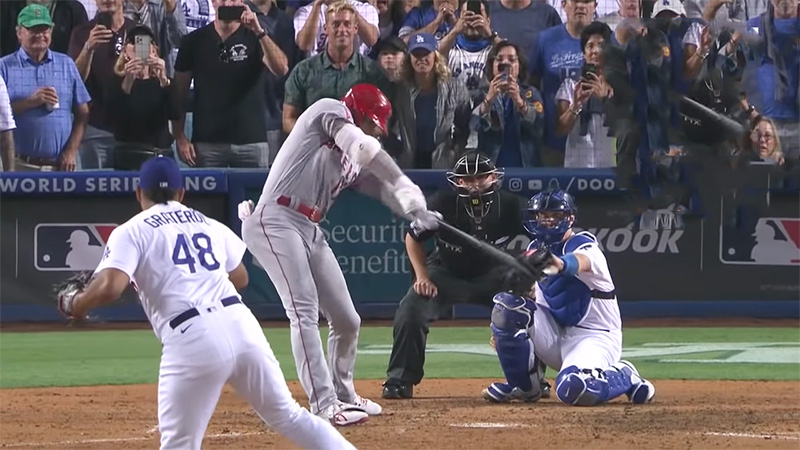
When the pitcher throws three strikes to a batter, and the batter fails to make contact, it results in a strikeout. The catcher catches the third strike, and the batter is declared out.
Force Outs
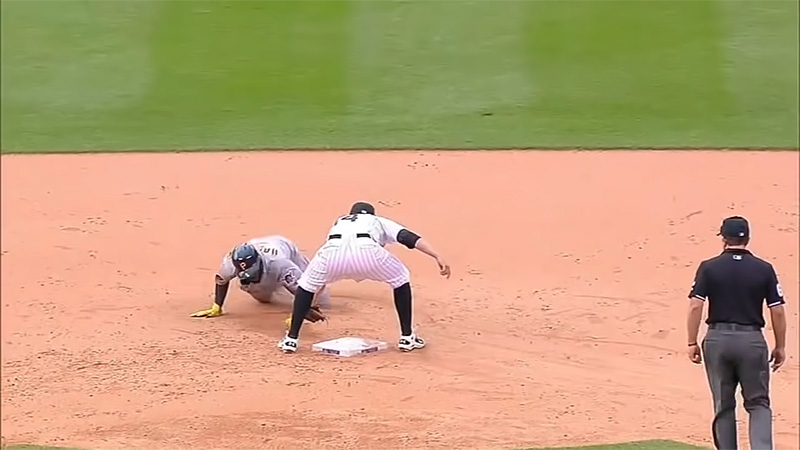
A force-out occurs when a defensive player tags a base while holding possession of the ball before the baserunner reaches that base. This typically happens when there is a runner on first or second base, and a ground ball is hit, forcing the runner to advance to the next base.
Fly Outs
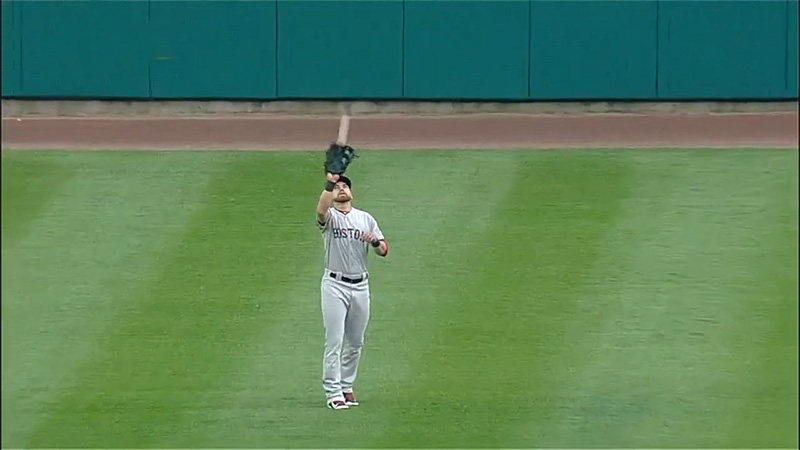
If a batter hits a ball in the air, and a defensive player catches it before it touches the ground, it results in a fly-out. The fielder must have complete control of the ball while making the catch for it to be considered an out.
Tag Outs
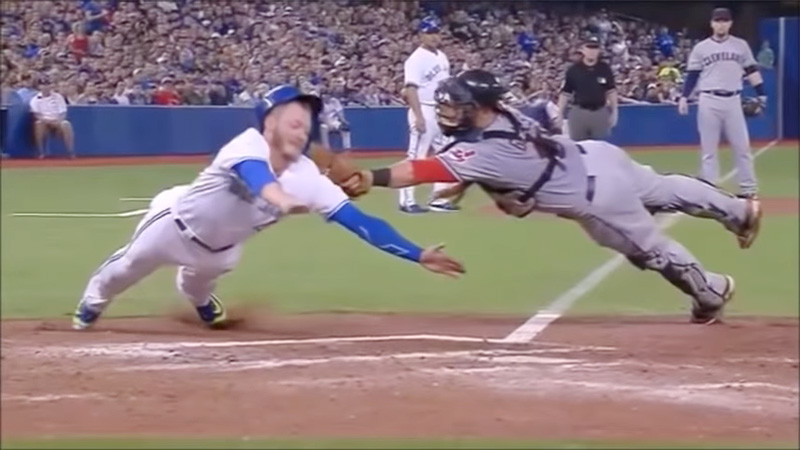
When a baserunner is touched by a defensive player with the ball while they are not in contact with a base, it results in a tag out. This can happen when a runner is caught in a rundown between bases or when trying to advance on a hit.
Consequences of Not Recording Three Outs in an Inning
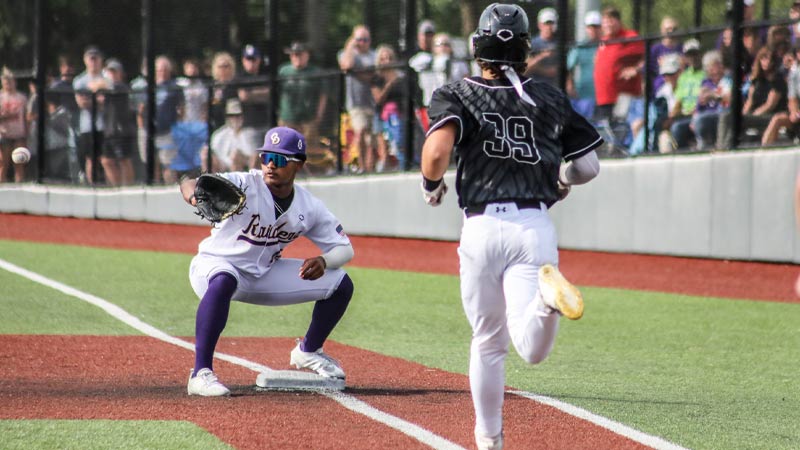
Source: mnbaseballhub.com
If a defensive team fails to record three outs in an inning, it means that the offensive team continues their turn at bat, extending the inning. This allows the offensive team to have additional opportunities to score runs and potentially prolong the game.
Recording three outs efficiently is crucial for the defensive team to limit the opposing team’s scoring opportunities and regain control of the game.
It requires effective pitching, fielding, and strategic decision-making to achieve the desired outcome of ending the inning and transitioning to the offensive half.
The Importance of Outs in an Inning of Baseball
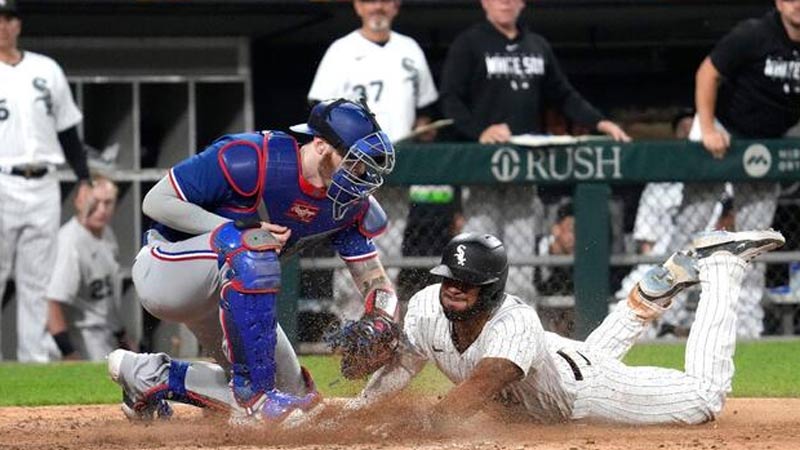
Source: usnews.com
Some of the necessities of outs in an inning of baseball are mentioned in the next part. Take a look at them with care.
The Purpose of Outs and How They Are Recorded
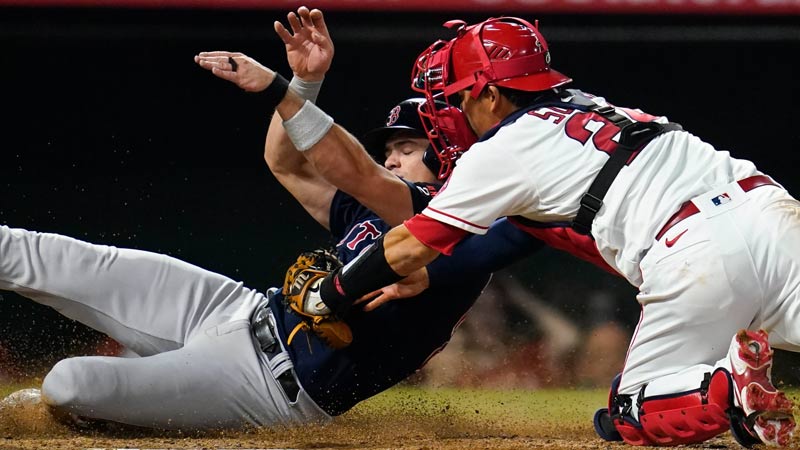
Source: yourbasin.com
Outs play a crucial role in baseball as they determine the progression of the game and the opportunities for each team.
An out represents a defensive success, indicating that the offensive team has failed to keep their at-bat alive. Outs are recorded in various ways, depending on the circumstances.
The most common way an out is recorded is through a defensive player physically touching a base before the runner reaches it.
For example, if a ground ball is hit by an infielder who throws the ball to first base before the batter-runner reaches the base, an out is recorded.
Other methods of recording outs include catching a fly ball in the air, tagging a runner with the ball before they reach a base, or executing a force play where a runner is forced to advance and is tagged out before reaching the next base.
The Role of the Defensive Team in Recording Outs
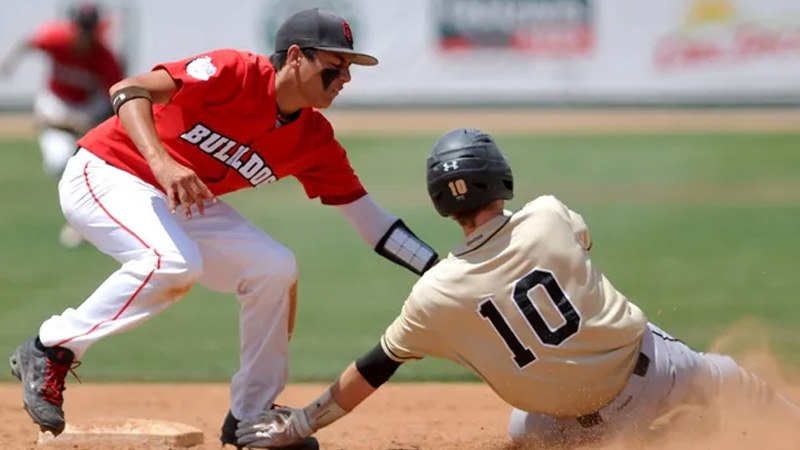
Source: vvdailypress.com
The defensive team’s primary objective is to record outs and prevent the offensive team from scoring runs. Each defensive player has a specific position and responsibility on the field to contribute to recording outs.
The pitcher, for example, tries to deceive the batter and induce swings and misses or weakly hit balls that can be fielded for outs. The fielders strategically position themselves to anticipate and react to balls hit into play, aiming to make accurate throws and complete defensive plays.
Defensive Strategies to Secure Outs
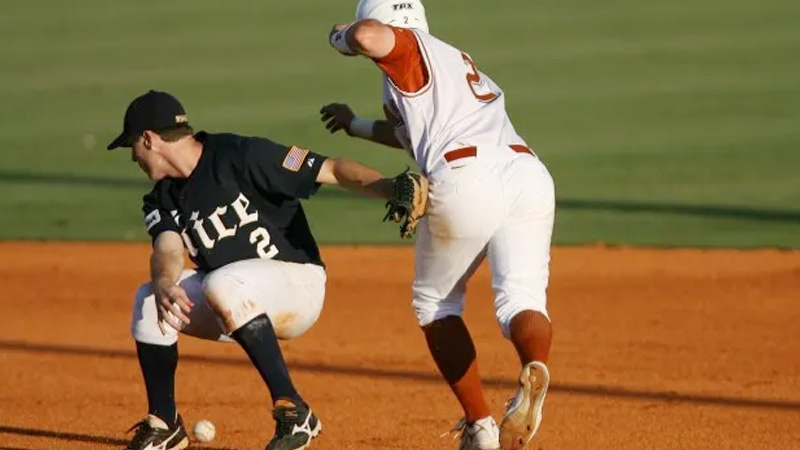
Source: vvdailypress.com
Defensive teams employ various strategies to secure outs and minimize the offensive team’s scoring opportunities. These strategies involve coordinated efforts from players and coaches.
Some common defensive strategies include:
- Shifting: Adjusting fielders’ positions based on the tendencies of the batter to increase the likelihood of making outs.
- Double plays: Executing a double play by swiftly turning a ground ball into two outs, typically involving a fielder throwing to a teammate at second base, who then throws to first base.
- Pickoffs: Attempting to catch baserunners off guard and pick them off by throwing the ball to a fielder covering the base they are trying to advance to.
- Defensive alignments: Positioning fielders strategically depending on the situation, such as playing in for a bunt or moving outfielders deeper for a power hitter.
By employing these defensive strategies, teams aim to limit the offensive team’s scoring opportunities and quickly record outs to end the inning and regain control of the game.
The ability to execute defensive plays effectively can significantly impact a team’s success in baseball.
Variations in Innings of Baseball
While a standard baseball game consists of nine innings, there are scenarios where the number of innings can vary, leading to extra innings.
Extra Innings in Baseball
Extra innings occur when a game is tied after the completion of the ninth inning. Both teams continue playing until one team scores more runs than the other at the end of a complete inning.
In extra innings, each team has the opportunity to bat and play defense just like in the standard nine innings. The game continues until a winner is determined.
Rules and Implications of Playing Additional Innings in Baseball
When a game enters extra innings, there are some notable rule changes and implications. Some of them are pointed out below.
Pitcher Usage
Teams must manage their pitching staff carefully to ensure they have enough pitchers available to cover the additional innings. Pitchers may need to be used strategically to maximize their effectiveness while considering their pitch count and potential fatigue.
Runner Placement
In some leagues, such as Major League Baseball (MLB), a rule has been implemented to start each half-inning of extra innings with a baserunner placed on second base. This rule is designed to increase the likelihood of scoring runs and expedite the game’s conclusion.
Importance of Strategy
Each team’s strategic decisions become even more crucial in extra innings. Managers must make decisions regarding pitching changes, pinch-hitting, defensive alignments, and baserunning to gain a competitive advantage and secure the win.
Fatigue and Endurance
Extra innings can be physically and mentally challenging for players. Extended gameplay can impact performance, and players must maintain focus and endurance to perform at a high level throughout the additional innings.
Games Called Before Completing Nine Innings
While nine innings are the standard length for a baseball game, there are instances where a game can be called before completing all nine innings due to various reasons. Some of them are discussed below.
Weather Conditions
If rain, lightning, or other severe weather conditions make the playing surface unsafe or affect the integrity of the game, the umpires may decide to suspend the game. The game can be resumed at a later date or, if it has progressed beyond a certain point, be considered an official game with the score standing as of the last completed inning.
Mercy Rule or Run Rule
In certain leagues or situations, a mercy rule or run rule may be in effect. This rule ends the game prematurely if a team is leading by a substantial margin after a certain number of innings, typically five or more. The exact run differential required for the game to be called varies depending on the league and level of play.
These scenarios allow for flexibility in the game, considering factors such as player safety, weather conditions, and game competitiveness. Ultimately, the goal is to ensure the fairness and completion of a game while also accounting for external circumstances that may arise.
FAQs
How many extra innings can be played in a baseball game?
In theory, there is no limit to the number of extra innings that can be played in a baseball game. The game continues until one team scores more runs than the other at the end of a complete inning.
Why do some leagues start each half-inning of extra innings with a baserunner placed on second base?
Starting each half-inning of extra innings with a baserunner on second base aims to increase the likelihood of scoring runs and expedite the game’s conclusion.
It adds excitement and strategic elements to the game, enhancing the chances of decisive outcomes.
Are there any specific rules regarding the placement of the baserunner on second base in extra innings?
The specific rules regarding the placement of the baserunner on second base in extra innings may vary depending on the league and level of play.
Some leagues use the player who made the last out in the previous inning as the baserunner, while others may designate a specific player or follow alternative guidelines.
Can a game be called due to darkness before completing nine innings?
Yes, in some cases, a game can be called due to darkness if there are no lights in the stadium. The decision is typically made by the umpires, who assess the visibility and safety conditions for the players.
In such cases, the game may be resumed at a later date or declared official based on the score as of the last completed inning.
What happens if a game is called before completing the required number of innings for it to be considered official?
If a game is called before completing the required number of innings for it to be considered official, it is typically rescheduled and played from the point of interruption or started afresh, depending on the league rules and circumstances.
Conclusion
An inning of baseball consists of six outs, with each team having the opportunity to bat and field for three outs. This balanced structure ensures fairness and equal chances for both teams to score runs and prevent the opposing team from doing so.
The concept of outs in an inning is essential for comprehending the flow and strategy of the game. With a clear understanding of outs, fans and players can fully appreciate the intricacies of baseball and enjoy the thrilling moments that each inning brings.
Conversely, games can be called before completing nine innings due to weather conditions or other circumstances. So, stay prepared for them. Best wishes and have a nice day.

